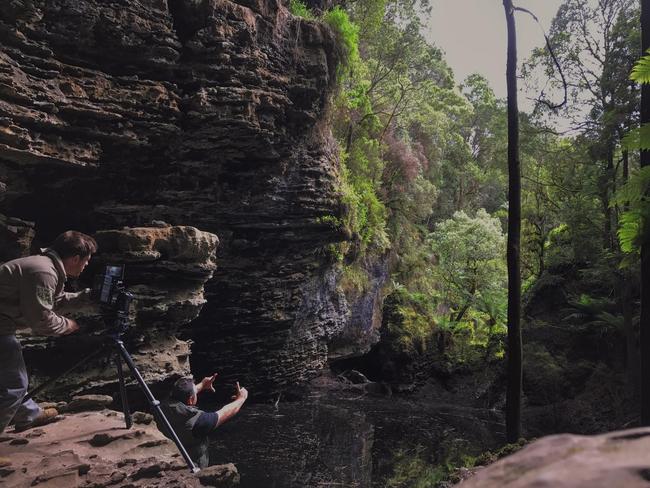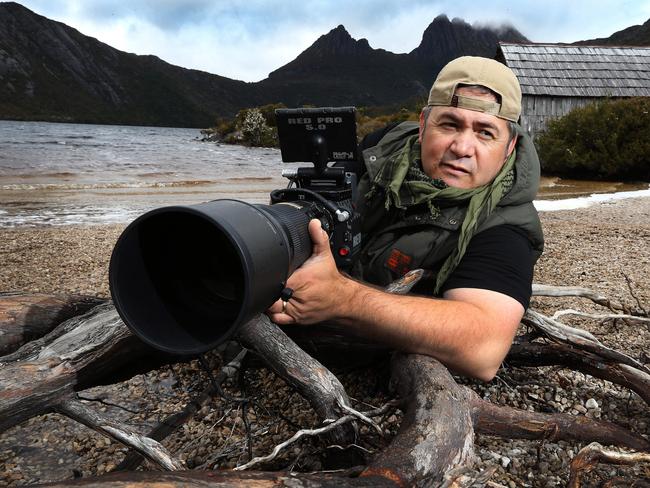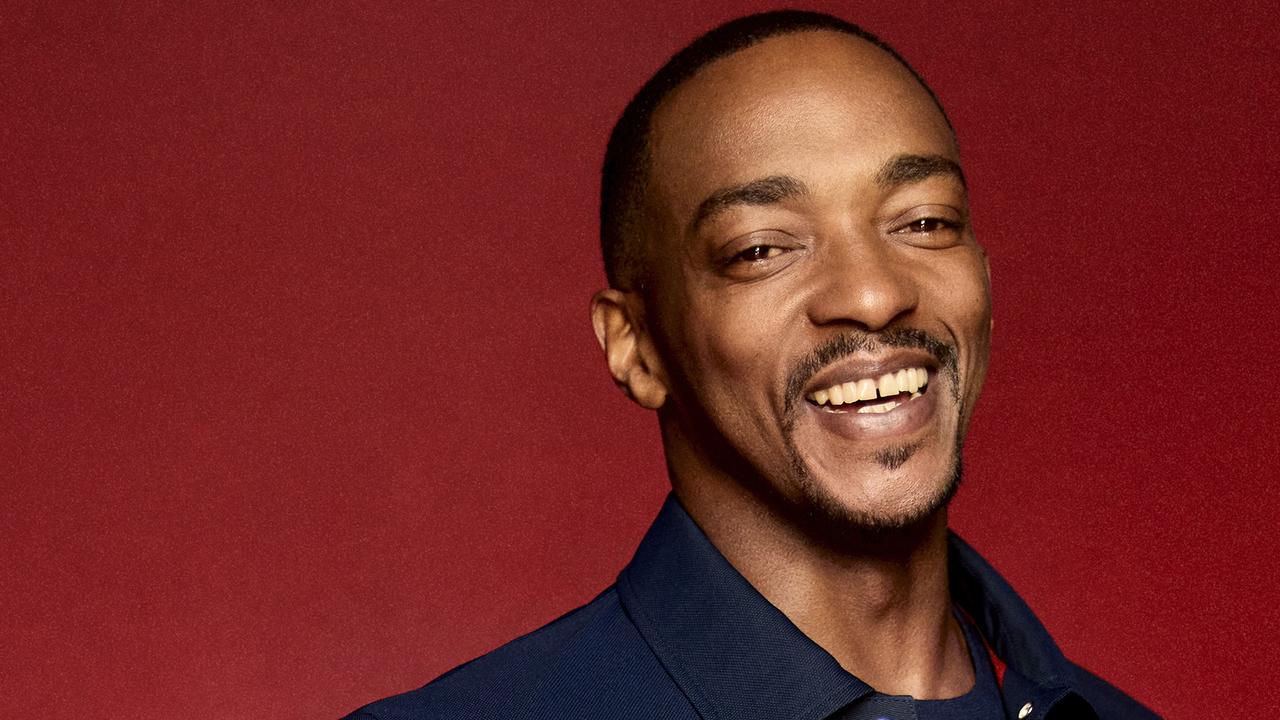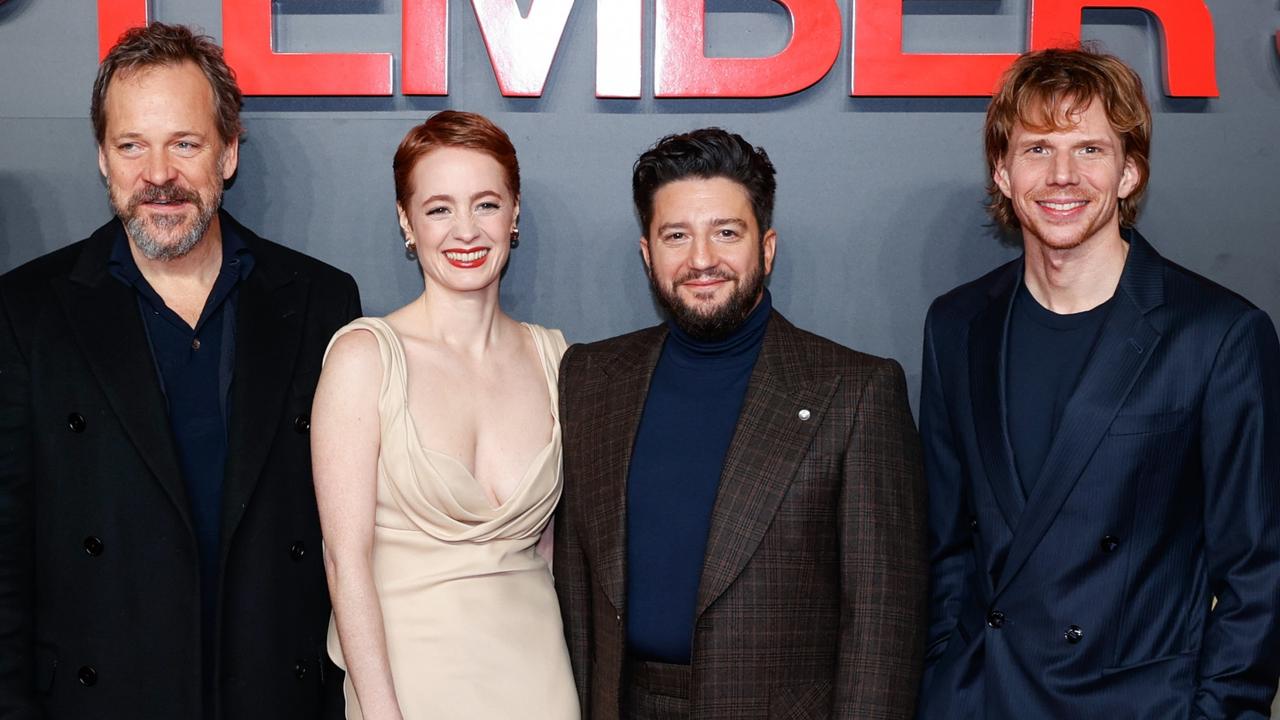Devil of time for doco crew
David Attenborough doco filmmaker, Max Moller, on getting down and dirty for wildlife footage
Entertainment
Don't miss out on the headlines from Entertainment. Followed categories will be added to My News.
THERE is an old saying in the filmmaking world about not working with children or animals.
Tasmanian filmmaker Max Moller certainly knows the challenges involved in getting close-up footage of this state’s wild creatures — creatures Sir David Attenborough described as “every bit as extraordinary as they are bizarre” in the recent documentary which has shot Moller to fame.
Moller, who says he will move away from wilderness photography now he has “hit the bullseye” with the screening of David Attenborough’s Tasmania documentary, had to get down and dirty to capture the footage which was beamed into loungerooms across Australia last weekend.
Moller said filming was not only cold and wet at times, some of the creatures did not appreciate the human interest in their lives.
“I was bitten badly by jack jumpers. It was painful,” he said.

Capturing footage of a platypus involved crawling through the grass and a great deal of patience.
Scenes which only lasted seconds took weeks of waiting and the lugging of heavy camera equipment into remote areas.
The footage of Tasmanian devils inside their den was captured by Nick Hayward and Simon Plowright of Wild Creature Films, and it also took months of patient work and the use of an endoscopic camera.
Tourism experts say Tasmania could not buy the kind of publicity provided by the documentary.
“David Attenborough has a massive audience, both young and old, and that audience is often well-heeled,” wildlife tourism operator Rob Pennicott said.
“What it has shown is that the whole of Tasmania is a zoo — but not one where hundreds of people line up to look at one contained animal.
“Instead, here, they can get out and see them in their natural environment away from other humans.”
Mr Pennicott, who runs wildlife adventure cruises in Tasmania's South, said the talk he had heard since the documentary screened on Sunday night had been all positive.
“Someone did say the documentary did make Tasmania look a little cold but then, in winter, that again is one of its charms,” he said.

Tourism Industry Council of Tasmania chief executive Luke Martin said 750,000 people around Australia had watched the beautiful, engaging one-hour advert for what this state has to offer.
“We can now watch the reaction grow organically,” Mr Martin said. “It is being shared on social media and discussed.
“It was so perfectly timed and on-brand. While international tourism is growing, our core visitor market is still domestic Australia and if 1 per cent of the 750,000 who tuned in decide to turn their dreams of a Tasmanian holiday into reality that is a great thing.
“We are still perceived, particularly on the mainland, as a small place but what this footage showed is that we are huge in terms of diversity.”
Conservationists say the documentary, which was backed by the BBC and so will be shown internationally, highlighted the importance of keeping the state’s wilderness areas “authentic, remote and free”.
Former Greens leader Bob Brown, who heads the Bob Brown Foundation, said the state’s greatest asset was its Wilderness World Heritage Area.
“Tasmania’s wilderness should be kept authentic, remote and free so that in a future more bereft of wild nature, it will astound the world,” Dr Brown said.
“It needs retaining as remote, pristine nature without invasive infrastructure or the taxpayer-subsidised clear-felling of wildlife-filled native forests and the desecration of Aboriginal heritage.
“The key word is authentic. Visitors to this island of surprises can see forests, waterfalls, snow-topped mountains and a host of wildlife.”


